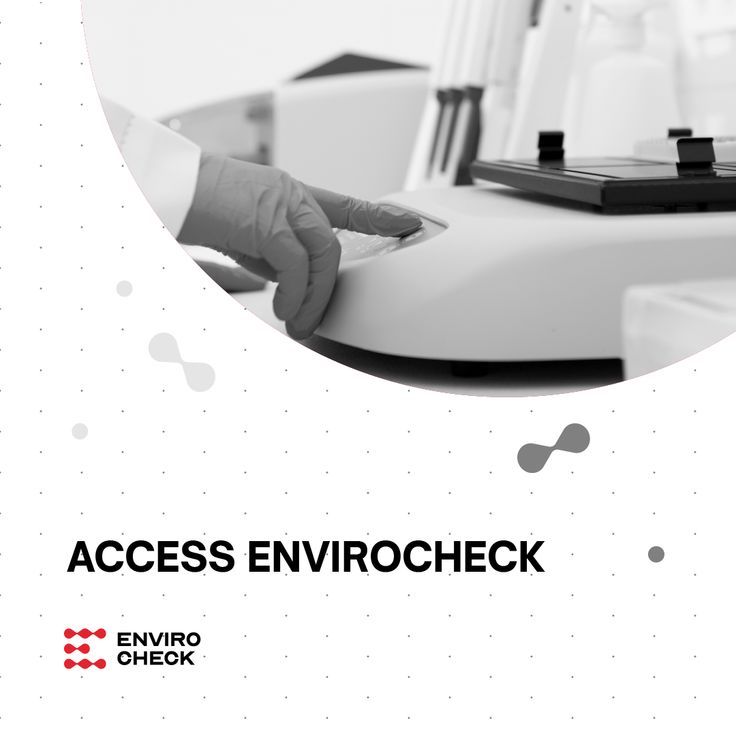When it comes to maintaining a healthy and safe indoor environment, mold is a silent intruder that can cause significant damage to both property and health. Mold growth is a common problem, particularly in areas with high humidity, poor ventilation, or previous water damage. While mold testing is often touted as an essential step in identifying and addressing mold issues, it’s crucial to understand that mold inspection should precede testing. Mold inspection in Orange County is the first part of the process, laying the foundation for effective remediation.
Understanding Mold Inspection
Mold inspection is a comprehensive process that involves a thorough examination of a property to detect signs of mold growth, moisture intrusion, and conditions conducive to mold development. Unlike mold testing, which focuses on identifying the types and concentrations of mold spores in the air or on surfaces, mold inspection is about finding the source and extent of the problem. This step is vital because it allows for a more targeted and efficient approach to mold remediation.
During a mold inspection, a certified professional will typically start by visually examining the property, looking for visible mold growth, water stains, or damp areas. They may also use specialized tools, such as moisture meters and infrared cameras, to detect hidden moisture behind walls, under floors, or in other hard-to-reach areas. The inspector will assess the overall condition of the building, including ventilation, plumbing, and insulation, to identify potential sources of moisture that could lead to mold growth.
Why Mold Inspection Comes First
Mold inspection is the first step in the remediation process because it helps pinpoint the exact locations of mold growth and the underlying causes. Without a thorough inspection, mold testing might only provide a partial picture of the problem. For example, mold testing could reveal elevated levels of mold spores in the air, but without knowing where the mold is growing, it would be challenging to implement effective remediation strategies.
Furthermore, mold inspection can save time and money by preventing unnecessary testing. In some cases, visible mold can be identified during the inspection, making further testing unnecessary.
The Role of Mold Testing After Inspection
Once a mold inspection has been completed and the affected areas have been identified, mold testing can then be performed to determine the type and concentration of mold present. This information is valuable for confirming the presence of specific mold species that may pose health risks and for verifying the effectiveness of remediation efforts.
However, it’s essential to remember that mold inspection Orange County should only be conducted after a thorough inspection has been completed. Testing without inspection can lead to misleading results and ineffective remediation.
